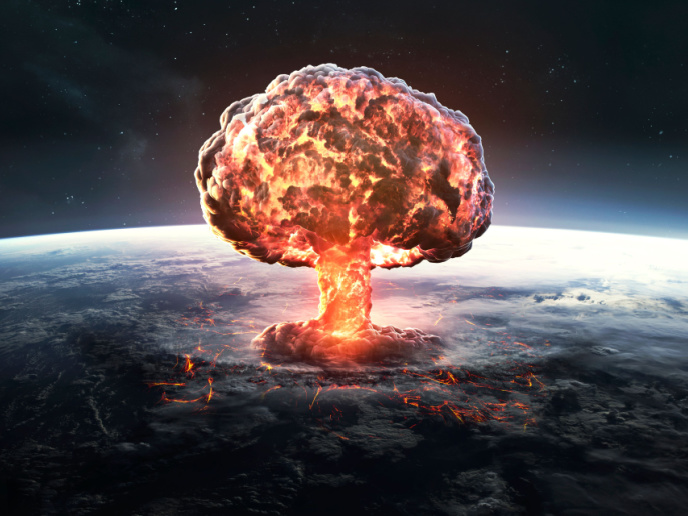What would the world look like after a nuclear war between the United States and Russia?
Nowadays, nuclear war is considered the most devastating military threat, given the estimated 15 000 nuclear weapons around the world. An unintended nuclear war has almost occurred many times already by accident, miscalculation or misunderstanding. Led by Rutgers University in the United States (US), with assistance from the EU-funded BIGSEA, COACCH and CASCADES projects, a global study paints a very grim picture of what would happen if the two nations unleashed nuclear weapons on each other. “[M]ore than 5 billion could die from a war between the United States and Russia—underlining the importance of global cooperation in preventing nuclear war.” “The data tell us one thing: We must prevent a nuclear war from ever happening,” co-author Alan Robock, a Distinguished Professor of Climate Science in the Department of Environmental Sciences at Rutgers, commented in a news release. He adds: “If nuclear weapons exist, they can be used, and the world has come close to nuclear war several times. Banning nuclear weapons is the only long-term solution. The five-year-old UN Treaty on the Prohibition of Nuclear Weapons has been ratified by 66 nations, but none of the nine nuclear states. Our work makes clear that it is time for those nine states to listen to science and the rest of the world and sign this treaty.”
Food production catastrophe
The climate scientists used climate, crop and fishery models to determine how the availability of food could change around the world under different nuclear war scenarios. They calculated how much sun-blocking soot would enter the atmosphere from firestorms generated by detonating nuclear weapons. They considered six scenarios involving nuclear arsenals of various sizes. One was based on a major war between the US and Russia and the rest on smaller conflicts between India and Pakistan. In a worst-case scenario, the global average caloric production decreased by about 90 % between 3 and 4 years after the conflict. The best-case scenario caused famine, with the global average caloric production decreasing by 7 % within 5 years. The massive drop in crop yields would cause 75 % of the world’s population to starve to death within 2 years. “The results here provide further support to the 1985 statement by US President Ronald Reagan and Soviet General Secretary Mikhail Gorbachev and restated by US President Joe Biden and Russian President Vladimir Putin in 2021 that ‘a nuclear war cannot be won and must never be fought’,” concluded the study authors. Partially supported by the BIGSEA (Biogeochemical and ecosystem interactions with socio-economic activity in the global ocean), COACCH (CO-designing the Assessment of Climate CHange costs), and CASCADES (CAScading Climate risks: towards ADaptive and resilient European Societies) projects, the study was published in the journal ‘Nature Food’. For more information, please see: BIGSEA project web page COACCH project website CASCADES project website
Keywords
BIGSEA, COACCH, CASCADES, war, nuclear war, United States, Russia, famine, nuclear weapon, food



